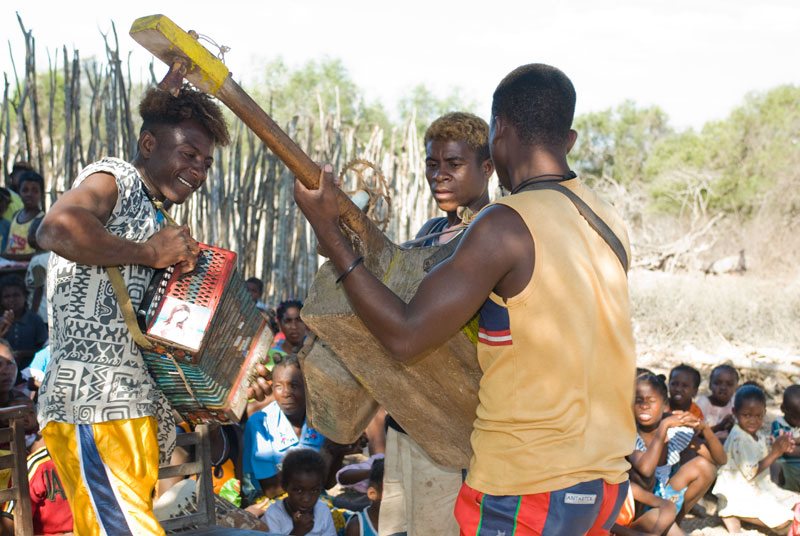The Odum of Ala Igbo
Hail Biafra!
Scientific study on the origins and varying levels of Asian genetic heritage in Madagascar:
https://www.nature.com/articles/srep26066
continued
continued
https://www.nature.com/articles/srep26066
The Austronesian expansion, one of the last major human migrations, influenced regions as distant as tropical Asia, Remote Oceania and Madagascar, off the east coast of Africa. The identity of the Asian groups that settled Madagascar is particularly mysterious. While language connects Madagascar to the Ma’anyan of southern Borneo, haploid genetic data are more ambiguous. Here, we screened genome-wide diversity in 211 individuals from the Ma’anyan and surrounding groups in southern Borneo. Surprisingly, the Ma’anyan are characterized by a distinct, high frequency genomic component that is not found in Malagasy. This novel genetic layer occurs at low levels across Island Southeast Asia and hints at a more complex model for the Austronesian expansion in this region. In contrast, Malagasy show genomic links to a range of Island Southeast Asian groups, particularly from southern Borneo, but do not have a clear genetic connection with the Ma’anyan despite the obvious linguistic association.
continued
Explicit admixture analysis on the low density dataset confirms this assessment, showing that the three Malagasy populations have ~70% African ancestry (red) versus ~30% Asian ancestry (mixed colours; Fig. 2). These two main components appear consistently, in similar proportions, in plots from K = 2 to K = 14 (Supplementary Fig. S9). The Asian ancestry of Malagasy individuals is diverse, with no component (or set of components) pointing to a specific Asian population as the source of Malagasy. The Asian components found in Malagasy instead occur across Island Southeast Asia, including the South Kalimantan Dayak, Dusun, Murut, Javanese and the Ma’anyan.
continued
Together, these analyses confirm that Malagasy are a mixture of African and Island Southeast Asian populations, as suggested by much previous research6,7,8,9,30,31. However, this study provides the new information that the Island Southeast Asian populations with closest genetic affinity to the Malagasy are located along the coasts of Borneo, although exact source populations still cannot be clearly identified. Surprisingly, the Ma’anyan, despite speaking the closest sister language to Malagasy, do not share any particularly strong genetic links with Malagasy (Figs 2 and 5).






